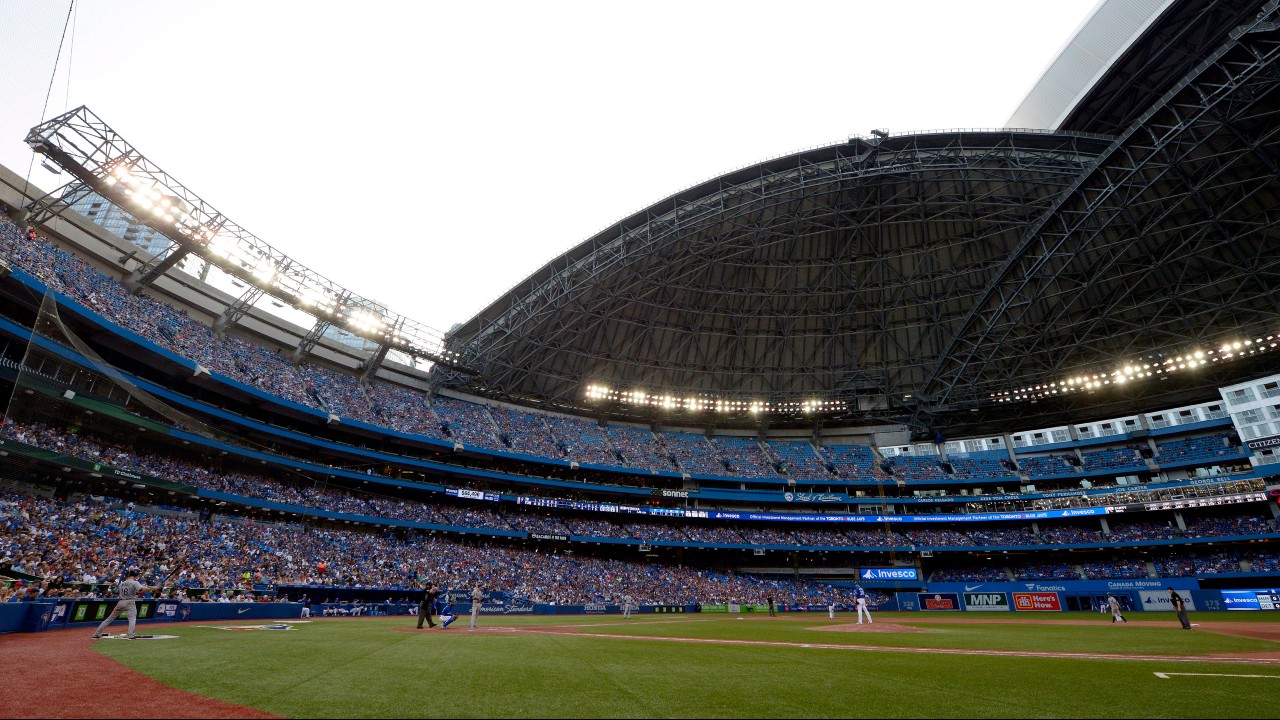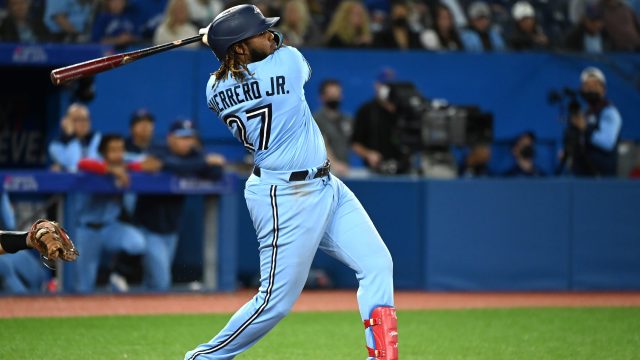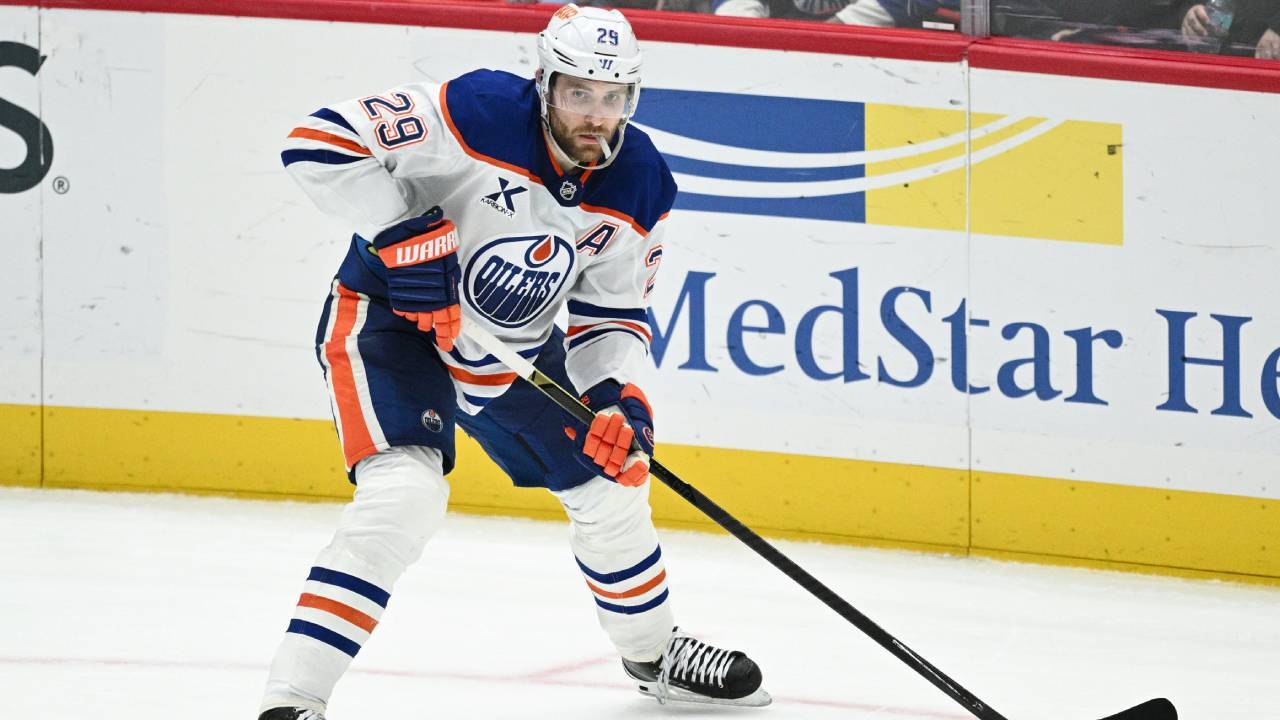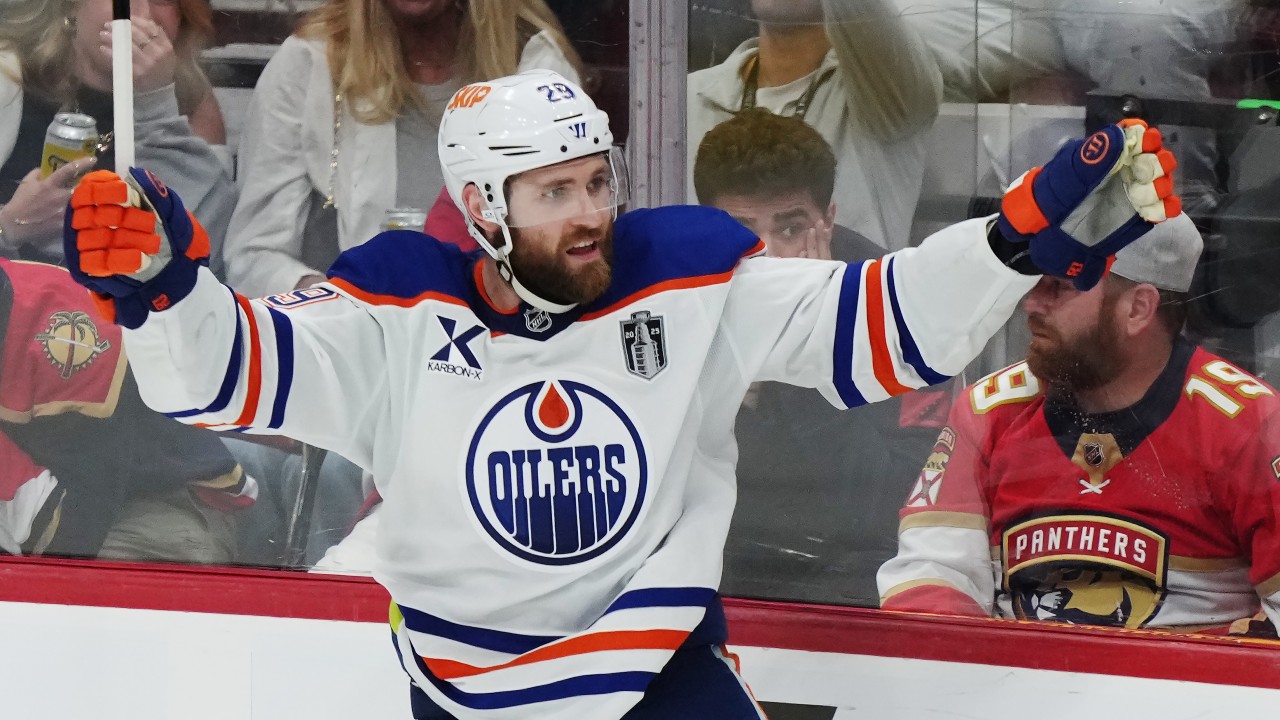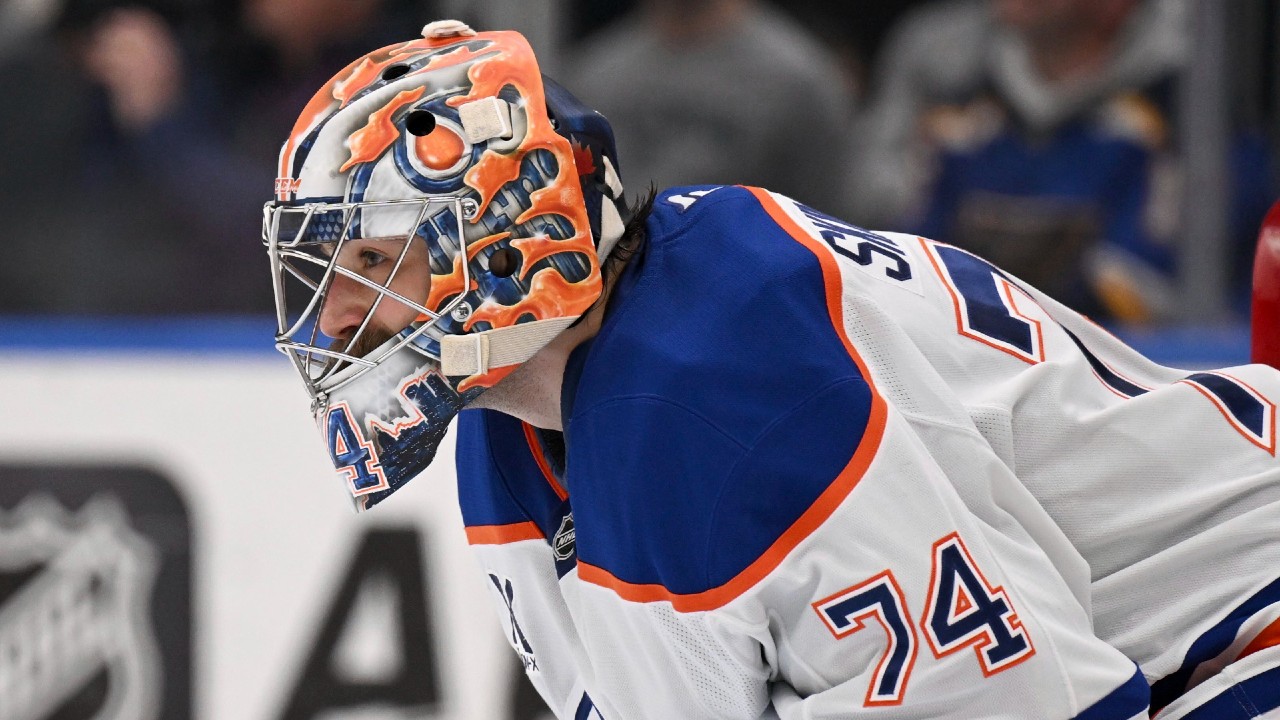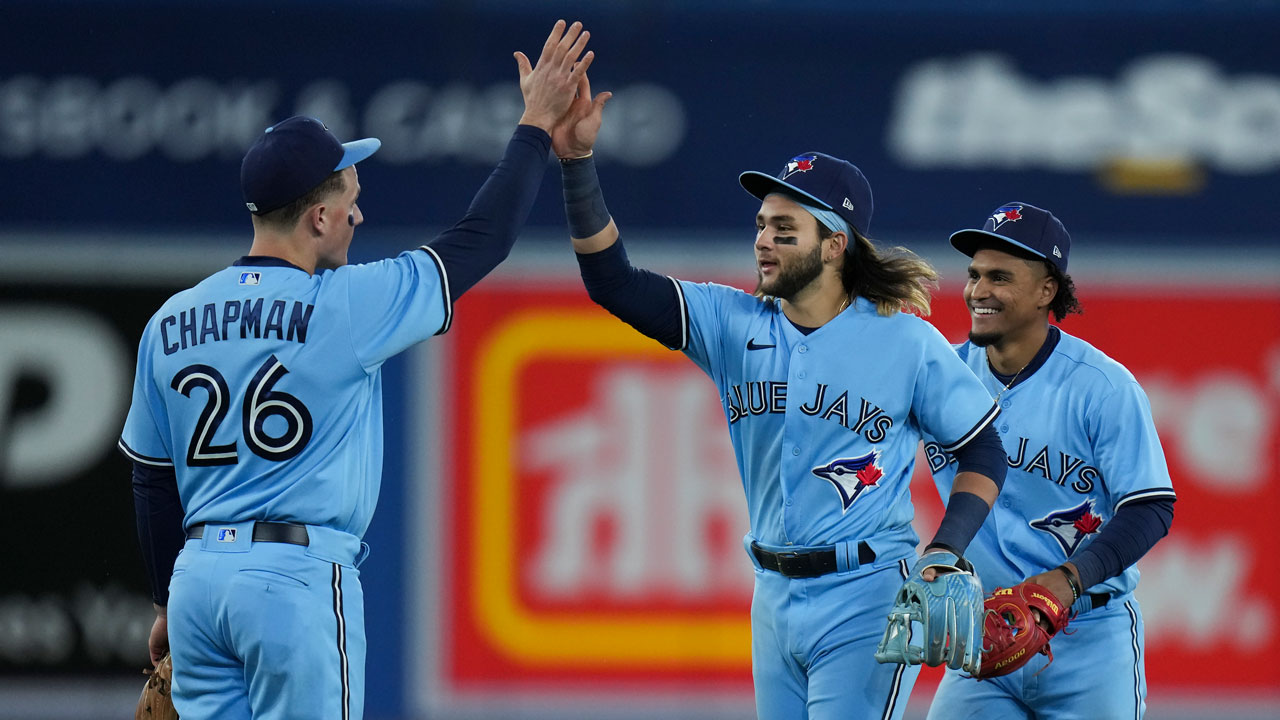
The absence of Danny Jansen clarified some things about Alejandro Kirk, although probably not to everyone’s satisfaction. Is he good enough defensively to work with an elite staff on a club with big ambitions and remove any lingering notions of being a bat-first guy? I mean, he was good enough last season to be the catcher for a Cy Young winner but if confirmation was needed, then the answer is “yes.”
As Toronto Blue Jays manager Charlie Montoyo said the other day: “The best compliment I could give him is the best compliment you can give a catcher: everything looks like a strike.”
All fine and well. But can he hold up to be a No. 1 guy and contribute offensively? I would suggest ‘no’. He went a month without an extra-base hit and it was clear the Blue Jays were, to put it politely, conscious of his workload behind the plate. But that’s OK. Jansen deserves to be No. 1 and there is a path forward for Kirk to be a contributor by striking a balance between the designated hitter and backup catcher spot, a plan that becomes more workable if he can be paired with a left-handed hitter at DH. Or, he could be traded, because one thing that hasn’t changed is Gabriel Moreno is still in the organization.
Moreno, the Blue Jays’ top prospect, is hitting .323 at Triple-A Buffalo. He has yet to homer and left Thursday’s game soon after he was hit by a pitch. When general manager Ross Atkins is asked about Moreno, the emphasis is placed on the learning he’s doing as a leader and pitch-caller. What he isn’t doing is using PitchCom. Oddly, given the manner with which Major League Baseball is experimenting at every level of the minor leagues – the automated balls and strikes system is being used at various parks – PitchCom is not yet being used for infield communication of signs at the Triple-A level.
Both Atkins and bench coach/catching instructor John Schneider believe Moreno’s Major League career – when it happens – will be positively impacted by PitchCom, which barring a few glitches (Adam Cimber took to the mound in spring training and wasn’t synched up with the pad being used – “you should have seen the looks he was giving us,” Schneider laughed – and Vladimir Guerrero Jr., told the Blue Jays he thought one team’s first base coach could hear the communication when he was wearing the setup) has been greeted positively by teams around the league. Alek Manoah is a notable exception, saying he prefers “to go old school.”
Moreno didn’t get a chance to use the technology in spring training because visa issues prevented him from being in camp with Major Leaguers. For the Blue Jays, having Moreno ascend to the majors at a time when a perhaps even more refined PitchCom is in place might be a bit of a godsend in terms of speeding up the nuance of handling pitchers at the big league level – especially if the majors delay implementing a pitch clock.
For now, it would only be an issue if Moreno were to be called up to the majors this season … and that’s a topic for another day. Long-term? Who knows what the added comfort level would mean to a catcher who whenever be breaks in will be playing in meaningful games with a team that wants to win now? Sure can’t hurt, though.
“The combination of PitchCom and no pitch clock would help anybody,” said Schneider. “It just takes away a lot of the complexities of signs. The hardest part for him (Moreno) is that he hasn’t had a chance to use it yet. But I mean, it’s really just like learning your way around the apps on a new iPhone.”
Catchers have experimented. Originally the Jays and everyone else thought their catchers would wear it on the wrist. Now, it’s often attached to an area above the knee pad, with catchers covering the device with their mitt so hitters can’t peek. A personal favorite was seeing the Houston Astros’ Martin Maldonado brandish it like a channel changer between his knees while in his crouch, then attaching it to his knee pad before raising his glove.
Schneider isn’t surprised that PitchCom has become so widely accepted. It’s impact on pace of play has been evident – not always to the pleasure of hitters – and you wonder whether everybody has concluded that at the end of the day it’s preferable to give the players some control over the pace of the game instead of a tyrannical countdown clock in centre field. To leave it in their hands, as it were …
HIT AND RUN
• You know that New York Yankees slugger Aaron Judge bludgeons the Orioles, with 30 home runs in 76 career games between the two. You might also have an idea that this is an awful lot, which would be true: since 1990, only six other players have amassed as many homers in that short a span against one team, including Alex Rodriguez, who hit 30 in his first 76 games against the Blue Jays. It’s an eclectic list, including Sammy Sosa (twice!) who hit 30 in 74 against the Brewers and 30 in 76 against the Rockies. Khris Davis hit 30 in 65 games against the Rangers, Troy Glaus had 30 in 74 games against the Rangers and Joe DiMaggio needed just 63 games to have 30 homers against the St. Louis Browns.
• ESPN’s Buster Olney certainly got folks excited in a good, clean, fun kind of way when he speculated that the Blue Jays and San Diego Padres might be interested should the Washington Nationals elect to trade Juan Soto, who has two years left after this one before he hits free agency.
Soto is in the conversation as the very best player in the game, is just 23 years old (younger than Bo Bichette) and, well, I think the fact that the Blue Jays and Padres are widely-acknowledged to have been the frontrunners to acquire Jose Ramirez before he re-signed with the Guardians would make the very first teams that Nationals G.M. Mike Rizzo would call: they have prospects, financial resources, a competitive window and haven’t addressed the need for left-handed hitting that saw them boldly pursue the switch-hitting Ramirez in the first place.
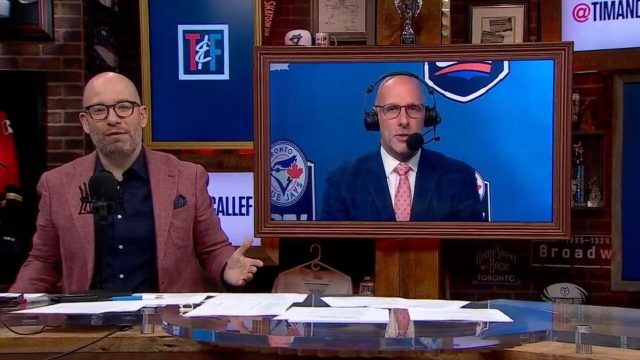
Soto’s two-and-a-half years of control dove-tail nicely with the Vladdy/Bo window and his defensive abilities in the outfield open all manner of options. But, man, it’s hard to see getting to there from here. There is no way Ramirez and Soto get equivalent returns, plus I don’t get it from the Nationals point of view. True, we know the Nationals entertained trading Bryce Harper to the Houston Astros at one time and, true, Soto’s agent, Scott Boras, has turned down a $350-million extension for his client. But Boras also has a history of getting stuff done with the Nationals (Stephen Strasburg is his client.)
The wild-card is likely where the potential sale of the Nationals currently stands. Logic would suggest you’d rather buy a team with a cornerstone player as opposed to without. On the other hand, it’s possible a potential new buyer would, just as soon the current ownership and management team do its dirty work. Rizzo is in the last year of his deal and is perfectly-fitted to wear the black cap …
• Frequent listeners and readers will know I detest the presence of the strike box on telecasts, mostly because an educated baseball fan should be able to figure out the strike zone on their own. And here’s something else mentioned by Blue Jays general manager Ross Atkins: we know that MLB grades umpires using a proprietary strike zone box that gives the umpires the benefit of the doubt on the edges of the zone, which effectively means the TV zone is smaller than the one umpires are told to use. Which means nobody is really served by the zone presented on the TV which, by extension, means y’all are getting worked up about something that isn’t used by people who matter. Life’s too short for it. And most of you are smart enough to not need it …
• Carlos Correa made a decision this year with mammoth ramifications for the free-agent market. I’m not talking about settling on a three-year, $103.5-million deal with the Minnesota Twins – one that includes opt-outs after every year – but rather his decision to hire Boras as his agent.
This has created an intriguing scenario, since Boras already represented Red Sox shortstop Xander Bogaerts, who can also opt out if he’s willing to leave $80 million on the table over the next four seasons. Talk about manipulating a market. Bogaerts’ status has become the dominant topic of conversation in Boston due to the Red Sox’s early-season woes coupled with the presence of Trevor Story, who had a miserable start after signing his six-year, $140-million deal to play second base and serve as insurance in the event Bogaerts is made or makes himself available and has already been serenaded by Fenway Park chants of “re-sign Bogaerts.”
I still can’t believe the Red Sox will trade Bogaerts in-season, even though general manager Chaim Bloom’s Rays DNA suggests letting him walk is not an option. Either way, is anybody surprised that between dramas surrounding Juan Soto and Bogaerts and Correa on the horizon, Boras has put himself in the middle of what the seasons biggest drama? And it’s not even Victoria Day.
THE END-GAME
Damn those Toronto Maple Leafs. Here I was, doing a fine job forgetting about how the Blue Jays would be able to get both Guerrero and Bichette locked up, then the Leafs went and kissed away another year of Auston Matthews and Mitch Marner and reminded us all that each season without a title is an opportunity lost.
Now, it’s true the clock ticks faster in a salary-cap league like the NHL, but it’s also true that the sooner a franchise wins, the easier it is to make difficult decisions. Ask Atlanta Braves GM Alex Anthopoulos whether winning a World Series made it easier to let Freddie Freeman walk. Shoot: ask Raptors president Masai Ujiri whether he would have been able to give Kyle Lowry the same charitable exit without an NBA title.
Blue Jays management and ownership have long-term decisions looming and winning pronto brings a kind of currency, both financial and otherwise. So I’d rather the Jays focus sooner as opposed to later on a bullpen arm with swing and miss stuff (our Ben Nicholson-Smith does a nice job dealing with that) and add a left-handed bat of some consequence.
The Blue Jays’ issues with balance didn’t disappear with Jose Ramirez re-signing with the Guardians. If anything, as Kevin Barker has suggested, the kind of elite pitching the Blue Jays have seen so far ought to have added further validation to the need for balance than if they’d been feasting on bad teams. The Jays’ needs now are what they were then, and since the draft has been moved back to July from June, there should be enough organizational bandwidth available to move early if the opportunity presents itself.
Jeff Blair hosts Blair & Barker from 10-Noon ET on Sportsnet 590/The Fan and Sportsnet 360.


